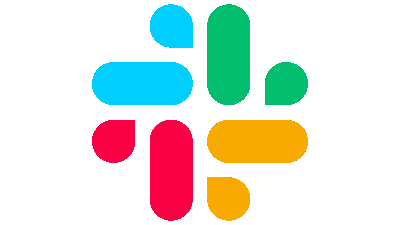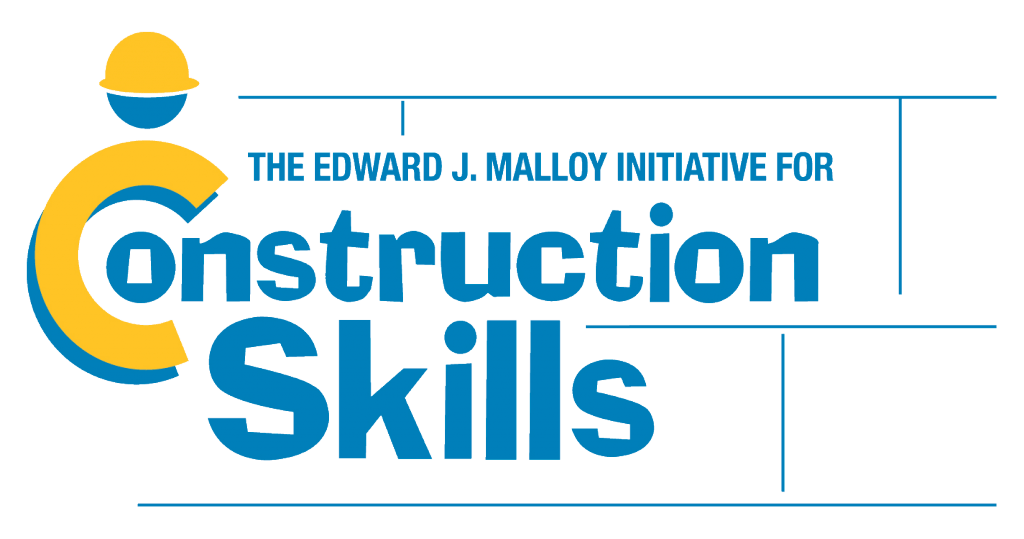Author: robert lewis
-
Postscript
Opening scene: 1943. The NYS Industrial Commissioner registers an IBEW apprenticeship program.
Situs: after ORLD 5815,
tacking towards PD-DL#5,
applying references.<output>- We remain within Gramsci’s organic crisis.
- A significant part of our Chapter express resistance towards picking up digital tools for their craft. This is not a bad thing, it is an expression of biopower.
- Circling these two points, a vector: having uncovered new shared meanings in consultative situations, next year’s manifest should retrace this year’s plots: 6 more chapter Digital Literacy PD workshops.
Teaching under DOL, not DOE, authority, every time I dock near the island where Roar-ee lurks and growls among the schist, I become more conscious of Block 1975 assumptions. Standards, in my learning community, relate back to trade secrets, which protected workers from pauperhood from Tudor times to the Industrial Revolution. IBEW Local 3 recently published a “Code.” A code, not standards, and only applicable to Local 3 in NYC of the IBEW. This makes any PD training for us problematic, because of Gramsci’s “organic crisis.” Compared to DOE hegenomies, where standards are assumed,
a gap is revealed:
DOL education is more likely "plugged out"than at DOE schools.This is not to say DOL courses lack technological prowess, indeed, apprentices master more technology skills than students in many “academic” classes, just as Luddites honed their ICT skills better than the tittle-tattlers Pitt’s Home Office paid. Both in fact are more proficient with technology than dominant hegenomies.
“Trade mysteries” date back centuries to the guilds, and then back to ancient times. This tradition of knowledge/power is easy to see, even for DOE educators. But I think it’s likely that academic intellectuals rarely consider Gramsci’s “organic crisis” when designing DL PD for workforce instructors.
Part of praxis means being willing to accept you realize you are standing on even more sand after an iteration of critical analysis. After many years of it,
I am tuned to a guiding resonance:Leading my Digital Literacy PD workshops will always be problematic:
among our UFT-CWE members,
achieving digital literacy necessitates an even deeper consideration:
how ought we mediate our learning expressions
via technology,
the same problem that the Luddites experienced when they broke the mills.My DL-PDs are but pieces of a bigger puzzle:
how to digitize apprenticeship traditions? -
Texts & Commentary
this process of differentiation and specialization has taken place chaotically, without clear and precise principles, without a well thought out and consciously fixed plan.
, The Organization of Education and Culture
How can my learning community gain digital literacy skills across such disparate content areas? Gramsci imagines a “creative school,” where original, spontaneous methods of research can be pursued in seminars, libraries and laboratories.
I’m not one of those who try to elicit the effects of power at the level of ideology. Indeed I wonder whether, before one poses the question of ideology, it wouldn’t be more materialistic to study first the question of the body and the effects of power on it. Because what troubles me with these analyses which prioritise ideology is that there is always presupposed a human subject on the lines of the model provided by classical philosophy, endowed with a consciousness which power is then thought to seize on. …It was on the basis of power over the body that a physiological, organic knowledge of it became possible.
, Body/PowerSimply building labs for our members to explore digital literacy won’t work, because of “biopower.”

From any standard or rubric, I think its fair to say our PD failed its objectives. One data point: I spent 5 minutes troubleshooting why a member could see the Post Training Satisfaction Survey on her screen, but couldn’t type into it. Handing the problem off to a fellow member, he saw the problem, she was trying to click into the Zoom shared screen.
In consultative situations stakeholders treat each other as allies or misguided foes. No enemies exist here. The parties know and trust each other; their common interests vastly outweigh conflicting ones; and interactants work in mutually supportive ways. The injuries inflicted in such situations are unintended, and relatively inconsequential—resulting truly from mistakes, ineptitude, neuroses, and such like. Consultative situations demand consultative strategies and tactics—non-coercive, communicative actions in which information and resources are freely shared between and among stakeholders.
Even though I expected, indeed, designed the PD to gauge biopower resistances, my patience was stressed when actually within huracan. I held the rudder tight, upon reflection I should have let go much earlier than the 5 minutes I did. When in a UFT-CWE DL-PD, no malfeasance is willed towards me.
[Update, 08/16/24: Upon reflection for some time now, I think my best crystallization of “consultative situations” is a memory I have about Stanley Aronowitz — his demeanor in a union meeting was downright contrite, compared to other places. ]

{10492329:RPSUHEA6};{10492329:LIHKKDEN};{10492329:V7YP67UI} apa default asc 0 29818 -
Stance/Praxis
Stance
Where I spend my time.
How I ended up dry docked at the ORLD 5815 workshop,
Critical Theory & Adult Learning,
is not an easy tale to tell.
Watchmen, Chapter V: Fearful Symmetry
A post from the log must suffice:
The authority to sponsor an apprenticeship program in New York lies not with the Regents, but the Department of Labor. For example, the Industrial Commissioner of the NY DOL registered the NYC Electricians apprenticeship program in 1943.
Praxis
ORLD 5815 ended on Veterans Day. Nov 18th, I led a Digital Literacy Professional Development (my 5th of the year) for my fellow members of the UFT’s CWE chapter.
{10492329:G2ARR43K};{10492329:6IZ3AGLG} apa default asc 0 29815 -

UbD DL-PD
Project:
UFT-CWE DL-PD Training #5
Big Idea:
What DL standards apply
across CWE’s workforce development programs?Desired Results
Goals: Practicing aligning ISTE, NYSED, NSQ and UNESCO digital literacy standards to an activity with a digital component will deepen our understandings of our andragogies.
Understandings:
- We should create DL standards that are meaningful to all of our members.
- Standards alignment is a means, not an ends. Uncovering standards aligned to what you want to do in your class offers a deeper, meta-cognitive understanding of your personal pedagogy.
- Standards are not “things we have to do,” they challenge us to do our jobs better.
Participants will acquire: familiarity with a variety of DL standards as well as proficiency with standards alignment techniques. Also using Padlet.
Evidence
Performance Tasks:
- draw connections between digital literacy (DL) standards and an activity they design, with a digital component
- Criteria are TBD, as this is our first time rollout, however, did instructors mimic my model, or create something original?
Roles: Each instructor will design an activity for their classes with a digital component that they will then align to a various digital literacy standards.
Audience: all members of the UFT-CWE.
Situation: An online PD training for UFT-CWE members on applying digital literacy standards to our personal andragogies.
Products: Participants will draw something to align digital literacy standards to an activity they would like to do in their classroom with a digital component. The drawings will encourage instructors to reflect upon
- how standards can improve their andragogies
- specific standards related to each instructors’ way of teaching.
Criteria for Success: my model
Instructors will produce a drawing illustrating how DL standards are aligned to an activity with a digital component that each design.
Completing a Post Training Satisfaction Survey will be requested.
Where u @? Padlets! Hold interest all the bells and whistles of my Green Building lesson Equip participants How to use Padlets, survey DL standards online, draw connections between standards and instructional delivery Rethink & Revise “what do standards mean to you?” Evaluate work and implications survey Tailored to differences The “Big Idea” is all about the fact that each of us in UFT-CWE teaches unique content, in unique contexts, leading to the difficulty for each of us to share standards across our UFT-CWE chapter. Organized not!
















